Idea by
Nico Alexandroff
AfterBodies
https://www.nicoalexandroff.com/
Call for ideas 2021
Indexical Ice
Indexical Ice
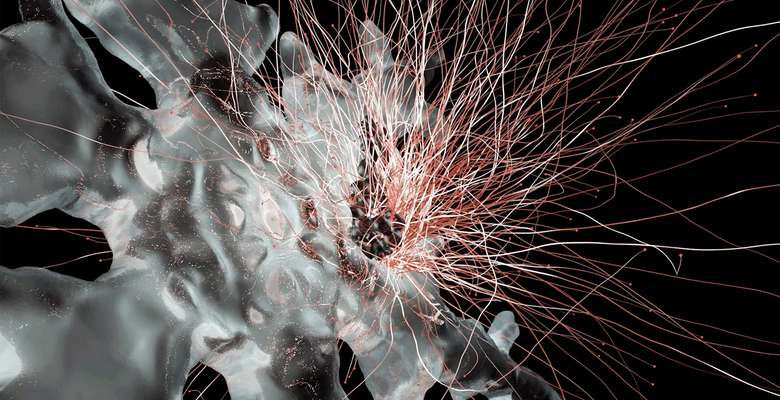
- Systemic changes
Greenland’s ice is melting at a rate never seen before by humanity. The current process of evidencing and acting upon planetary-scale changes is riddled in bureaucratic systems of science and politics and is far slower than the temporality of the climate emergency. Indexical Ice proposes an alternative system, using three environmental phenomena that occur on Greenland’s south-west coast in combination with three sites of mineral extraction the project proposes a series of parasitic sensors that expose both the environmental phenomena and the industrial activity. It challenges current systems of scientific visualisations which often result in information overloads and an over-reliance of climate modelling to influence political action, questioning the relationship between the problem and the model we use to understand the problem. The project culminates by deploying this methodology of climate aesthetics at various venues of discourse, places that are necessary for enabling action.
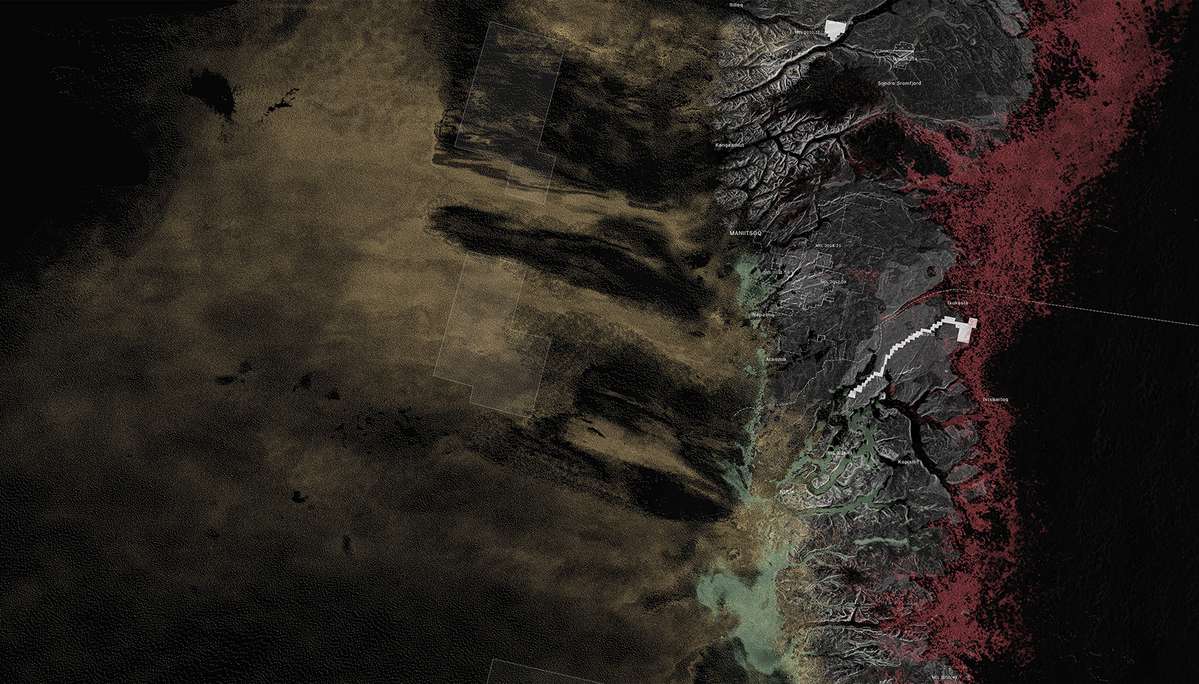
Greenland’s southwest coast. An observatory of planetary metabolism — The map, composed of multitemporal images, depicts a changing geopolitical landscape alongside a landscape in climate flux. Greenland is opening on all sides, both in terms of its resource extraction and its melting sea ice — they are not mutually exclusive.
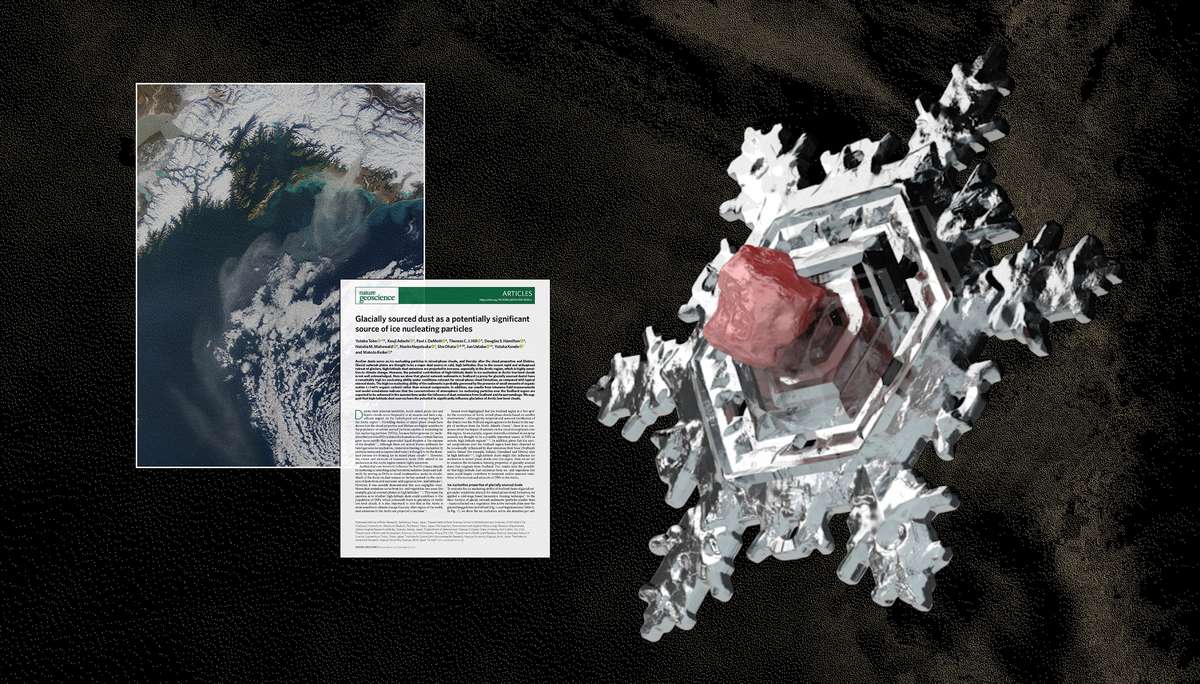
The aesthetics of these phenomena have a didactic role in orienting people towards a new, alternative cosmology. By collaging various forms of scientific information, the distance between the molecule and the territory is bridged, and a multi-scalar image is produced, one that asks questions of human accountability within planetary processes. Aesthetics have the ability to compress complex information that goes beyond scientific realms. They enable a narration of planetary metabolism.
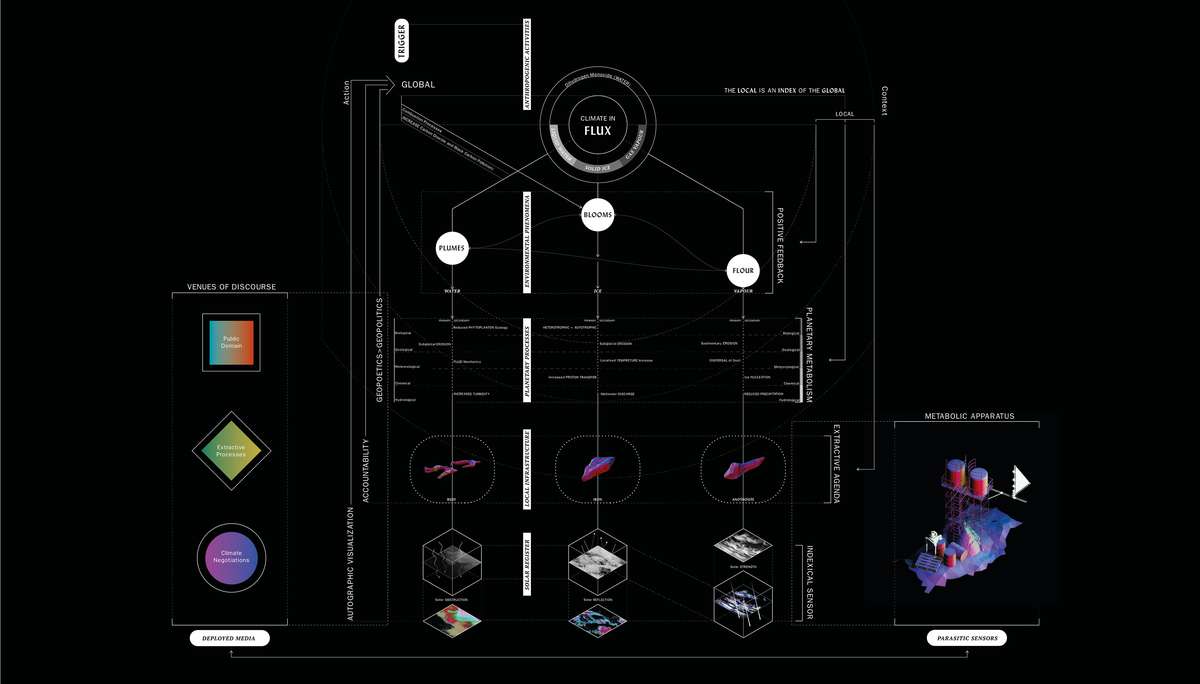
The diagram represents the architectural intervention which is methodological by nature. The project constructs a framework for a series of events deliberately positioning itself within already existing domains. It draws various fields of knowledge along a single vector challenging the lack of political action. The deployed media do not propose a singular design outcome, but instead, they construct an expansive field of possibility, open for future developments.
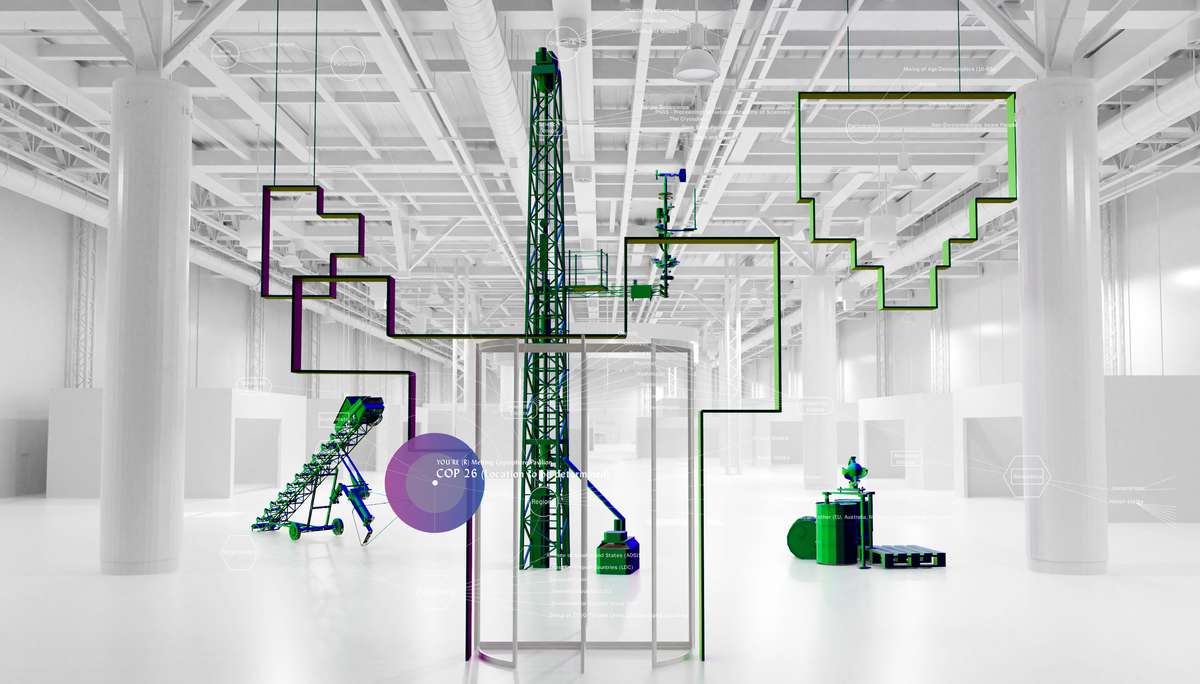
Venue 1 Climate negotiations: COP26, Cryosphere Pavillion—positions negotiators, politicians and scientists on Greenland’s south-west coast. Unlike the images seen in mainstream media, that of calving glaciers and red curves on graphs, here one is exposed to planetary change through the extractive apparatus and concessions.
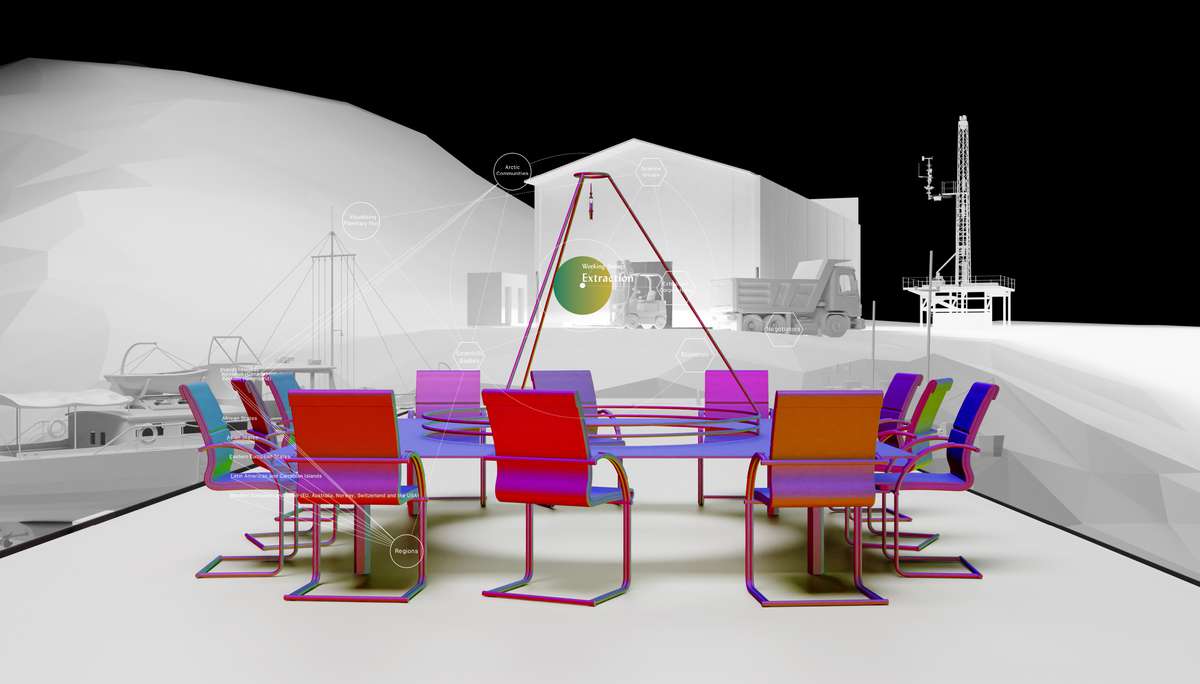
Venue 3 Extractive Processes: Extraction Site Working Group—positioned at the sites of extraction on Greenland’s south-west coast stakeholders gather to examine the changes occurring in the landscape. As ice retreats, global politicians and extraction corporations are far removed from the planet in flux. Here, they gather to talk with local people, questioning the inaction taken by world leaders. This geographic proximity to planetary flux aims to enforce new prohibitive measures on extraction.
Indexical Ice
Indexical Ice

- Systemic changes
Greenland’s ice is melting at a rate never seen before by humanity. The current process of evidencing and acting upon planetary-scale changes is riddled in bureaucratic systems of science and politics and is far slower than the temporality of the climate emergency. Indexical Ice proposes an alternative system, using three environmental phenomena that occur on Greenland’s south-west coast in combination with three sites of mineral extraction the project proposes a series of parasitic sensors that expose both the environmental phenomena and the industrial activity. It challenges current systems of scientific visualisations which often result in information overloads and an over-reliance of climate modelling to influence political action, questioning the relationship between the problem and the model we use to understand the problem. The project culminates by deploying this methodology of climate aesthetics at various venues of discourse, places that are necessary for enabling action.
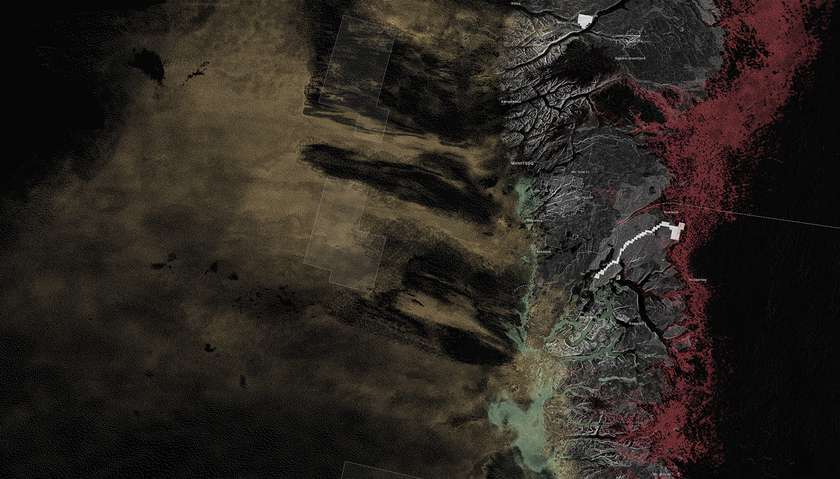
Greenland’s southwest coast. An observatory of planetary metabolism — The map, composed of multitemporal images, depicts a changing geopolitical landscape alongside a landscape in climate flux. Greenland is opening on all sides, both in terms of its resource extraction and its melting sea ice — they are not mutually exclusive.
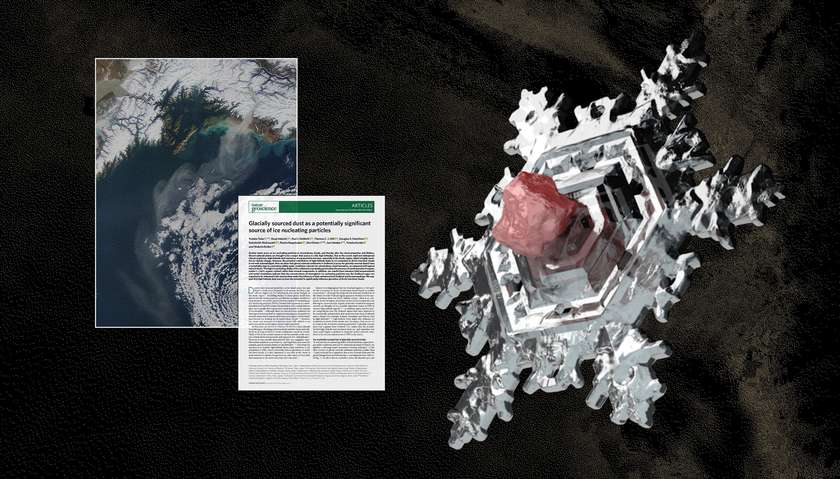
The aesthetics of these phenomena have a didactic role in orienting people towards a new, alternative cosmology. By collaging various forms of scientific information, the distance between the molecule and the territory is bridged, and a multi-scalar image is produced, one that asks questions of human accountability within planetary processes. Aesthetics have the ability to compress complex information that goes beyond scientific realms. They enable a narration of planetary metabolism.
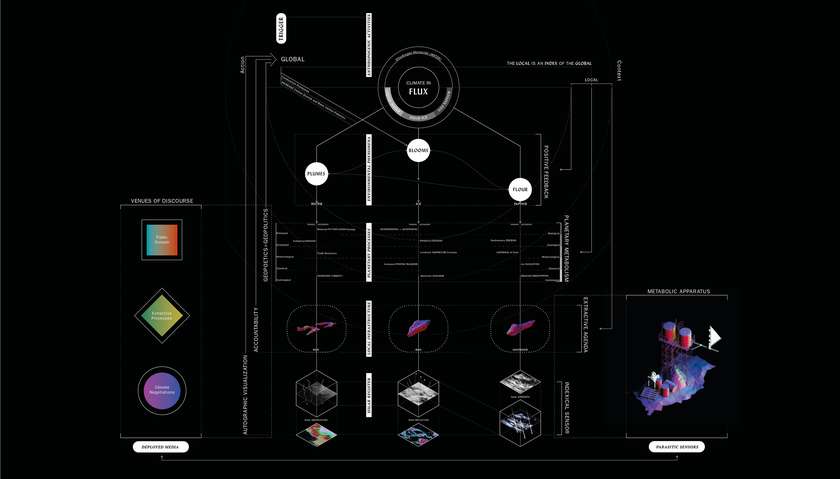
The diagram represents the architectural intervention which is methodological by nature. The project constructs a framework for a series of events deliberately positioning itself within already existing domains. It draws various fields of knowledge along a single vector challenging the lack of political action. The deployed media do not propose a singular design outcome, but instead, they construct an expansive field of possibility, open for future developments.
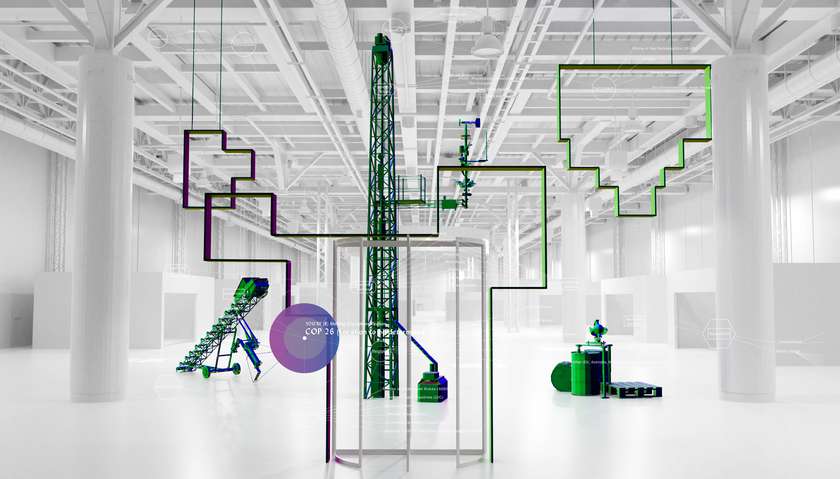
Venue 1 Climate negotiations: COP26, Cryosphere Pavillion—positions negotiators, politicians and scientists on Greenland’s south-west coast. Unlike the images seen in mainstream media, that of calving glaciers and red curves on graphs, here one is exposed to planetary change through the extractive apparatus and concessions.
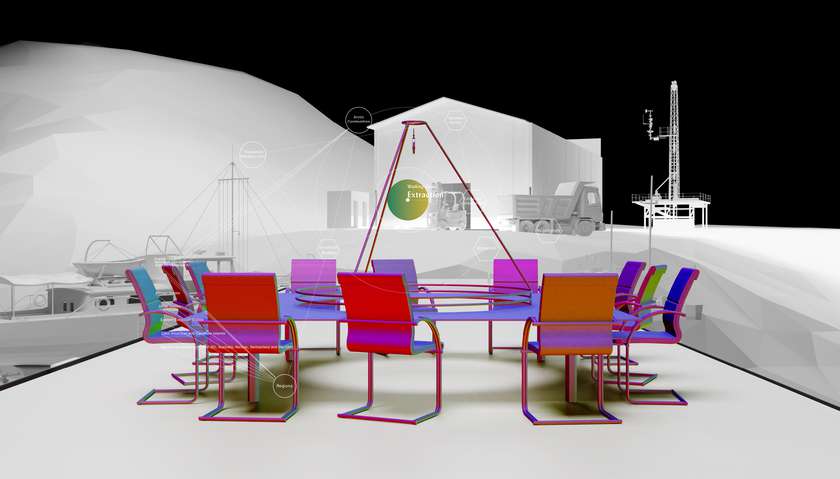
Venue 3 Extractive Processes: Extraction Site Working Group—positioned at the sites of extraction on Greenland’s south-west coast stakeholders gather to examine the changes occurring in the landscape. As ice retreats, global politicians and extraction corporations are far removed from the planet in flux. Here, they gather to talk with local people, questioning the inaction taken by world leaders. This geographic proximity to planetary flux aims to enforce new prohibitive measures on extraction.
